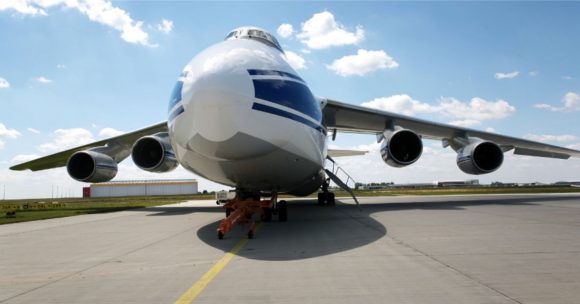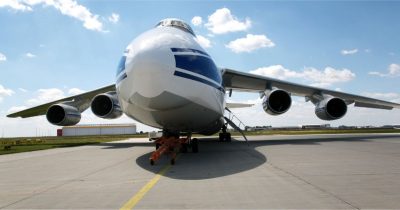Hobart, Tasmania’s freight network is receiving a boost. Construction has begun on the Hobart Airport runway upgrade. The upgrade will enable the runway, taxiways, and apron to accommodate larger Code E aircraft like Boeing 787s and Airbus 350s.
The upgrade will allow Hobart Airport to handle long-distance freight and wide-body international flights, enabling direct flights to Asia for the first time and boosting its role as Australia’s Antarctic gateway.
Why does this matter? Upgraded infrastructure, including runways and facilities, enhances overall efficiency. This leads to smoother operations which can help reduce congestion, and potentially see lower costs for logistics businesses.
The project also includes renewing aeronautical ground lighting, upgrading electrical systems, and extending the runway’s operational lifespan.
The Australian Government is contributing AUD$60 million to the $130 million project, while Hobart Airport will cover the remaining AUD$70 million.
What could the freight route mean for business?
The new route opens up direct access to key Asian markets. This facilitates easier and more cost-effective exports. The new addition could allow businesses to tap into new customer bases. It could also enhance Tasmania’s competitiveness in the market.
Tasmania’s main exports include:
- Processed metals and metal products
- Ores and concentrates
- Meat products
- Seafood products
- Dairy products
Transport minister Catherine King says, “Direct Hobart to Asia routes will also allow exports to reach their destination faster, in better quality, greatly benefiting Tasmania’s world-famous businesses and producers – particularly the fresh produce sector.”
Australian freight and logistics market
Impactful Insights reports the freight and logistics market in Australia is experiencing dynamic growth. “The burgeoning e-commerce sector has emerged as a pivotal force, propelling the need for streamlined logistics to meet the escalating demands of online consumers,” reads the report.
The report emphasizes that the ongoing evolution of consumer preferences towards faster deliveries has pushed logistics providers to revamp their strategies, emphasizing speed and reliability.
In November, the Australian government announced plans to build up a strategic fleet that will add resilience to the nation’s supply chain. Another recent important development in the Australian freight sector is the announcement that heavy vehicles up to 2.55 meters wide can now use all of Australia’s roads.
Photo Credit: Canva
About the author
Sharl is a qualified journalist. He has over 10 years’ experience in the media industry, including positions as an editor of a magazine and Business Editor of a daily newspaper. Sharl also has experience in logistics specifically operations, where he worked with global food aid organisations distributing food into Africa. Sharl enjoys writing business stories and human interest pieces.











